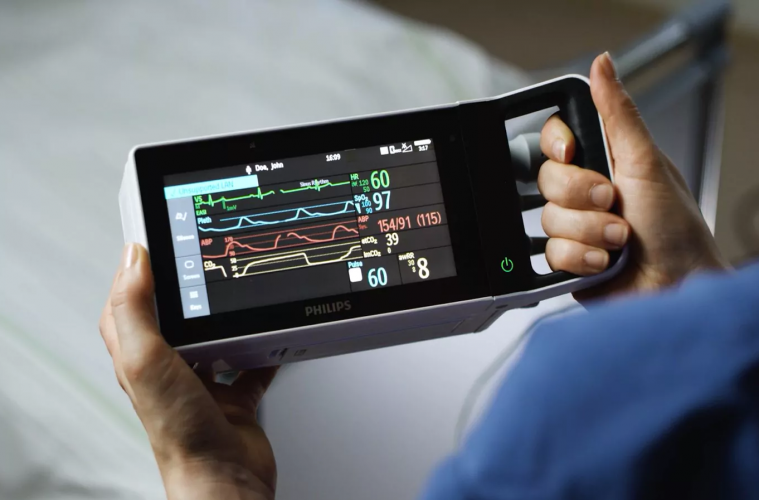You can improve the information you receive from your anesthesia monitors by using a healthcare informatics software to automatically capture its data with that of other machines.
Anesthesiologist and certified informaticist Douglas Keene, MD works on such a software. Working in the operating room during surgery, Keene realized that as technology kept modernizing equipment, the way anesthesiologists did their job had remained the same. They still rely on paper and pen to make notes during surgeries which requires them to take their eyes off the patient and their monitors. Keene, a computer buff, decided to create a better way.
The software he’s developing and has tested it in one Massachusetts hospital. The software puts the information from the anesthesia monitor and other patient monitoring equipment on a single screen freeing the anesthesiologist from needing to read from each machine to produce a full picture of patient health. While doctors normally manually record patient data by the minute or every five minutes, the software records information in real-time with data available by the second for reporting.
The software also ties into a hospital’s electronic health records system in a HIPAA compliant manner. This speeds billing to third parties, such as MACRA and MIPS reporting and medical direction reporting to insurance companies.
It is in the operating room that it provides its most vital functions though. By drawing raw data and compiling it in real-time, doctors see a complete patient record by the second. This helps them quickly address situations such as a sudden spike in heart rate that had been holding steady or in cases of significant bleeding.
It also provides vital long-term information. Once a hospital uses it for multiple surgeries, it can access that data in aggregate. For instance, it could examine data from all patients who reported waking or experiencing wakefulness during surgery. The trends could point to reasons why.
The ability to turn data from anesthesia monitors into big data provides a key turning point in surgery. Doctors joke about their bad handwriting, but Dr. James Faust, an anesthesiologist at Harrington Memorial Hospital says legible data is a real benefit of the software. He is one of the Massachusetts doctors who had the opportunity to test Keene’s software. Legibility, by the second data and the ability analyze trends make the informatics software a must in the 21st century.
Keene presented his Massachusetts test findings at the October meeting of American Society of Anesthesiologists Annual Meeting. His goal after introducing the software is cost reduction. He knows its current cost puts it out of range of smaller hospitals and he wants to change that. He’s investigating monthly fee options, among other possibilities.
Keene summed up his reason for the innovative pet project in an interview with Beckers ASC.

